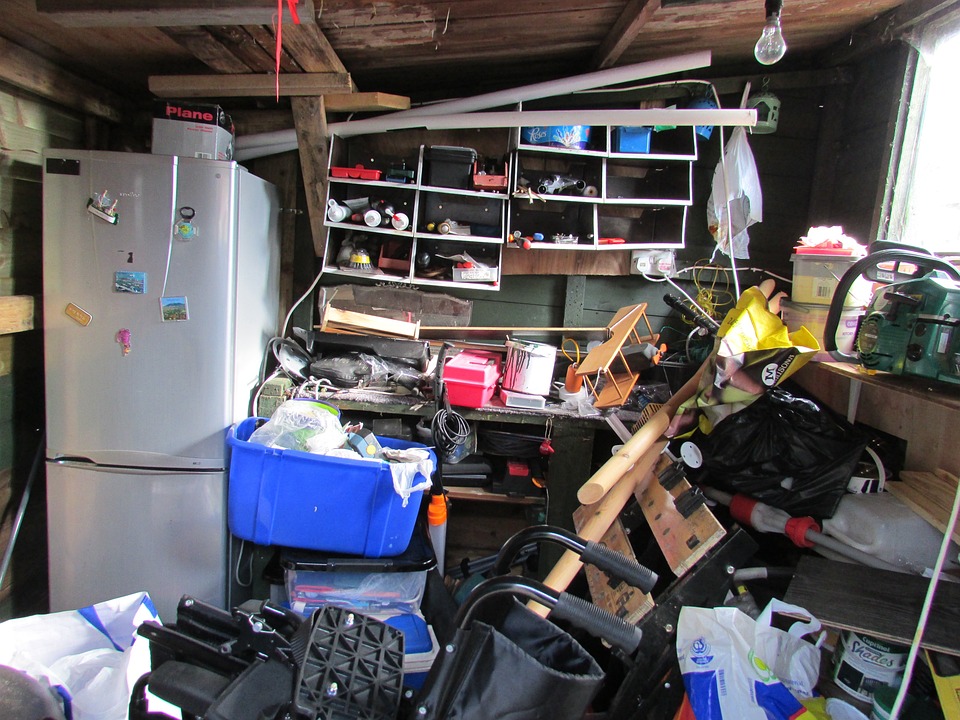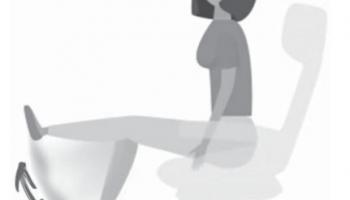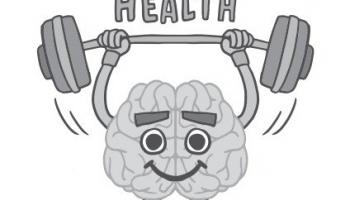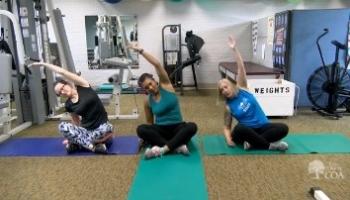
Getting to enjoy retirement in your own house is the dream for many seniors. Unfortunately, age can bring with it both physical and cognitive changes, making it more challenging to stay in your home. As eyes and body begin to fail and memory starts to lapse, all of a sudden that familiar house is full of dangers. This is why it is important for either you or a professional to go through your home and perform a safety assessment.
You don’t want to wait until something happens, such as a fall or illness, for this to become a priority. At that point, an expert will be required to inspect your home and recommend changes prior to being released from the hospital.
1. Declutter Pathways
Everyday items can quickly become hazards if you trip on them while walking through your home during the day or at night. Getting rid of these piles is essential, but it can also be emotional, because many people feel attached to all the “stuff” in their home. Things to look for when decluttering include:
- Potted plants
- Piles of shoes and boots
- Laundry baskets
- Newspapers
2. Remove Rugs & Other Tripping Hazards
Falls are the leading cause of fatal injuries in Americans over 65, so it is crucial to look for ways to prevent them. Throw rugs and area rugs can bunch up or the corners can flip over, creating a true danger zone — be sure to tape or tack them down, or get rid of them altogether. Aside from rugs, you should also check for:
- Any thresholds that need to be stepped over
- Footrests and ottomans that can get in the way
- Slippery stairs that need to be covered with non-skid treads
3. Make the Bathroom More Accessible
The bathroom can be the most dangerous room in the house. Can the shower be accessed without stepping over the high side of a bathtub? Is there a sturdy grab bar to get up and down from the toilet or into the shower?
If you are using a towel rack to aid you as you maneuver your way around the bathroom…don’t. They are only meant to support a few pounds, not the weight of a person. A grab bar will need to be installed.
4. Check Kitchen for Hazards
If you will still be preparing your own meals, make sure the kitchen is as safe as possible. Some adjustments may include:
- Moving frequently used pots, pans, utensils and groceries to lower shelves where they are easily accessible.
- Making sure faucets are clearly marked for hot and cold and installing anti-scald devices.
- Checking that burners and oven are working properly and have timers that beep loudly.
- Buying and upgrading to a new microwave, as microwaving is safer and easier than cooking with an open flame. You can always fill the freezer with prepared meals that just need to be zapped.
5. Improve Lighting
All pathways should be well-lit, especially the route to the bathroom at night. In addition to all rooms, other areas to check for lighting include any outside areas such as the garage and driveway, near all doors as well as in the hallways and entryways. Inexpensive nightlights placed around the house can be a big help.
6. Prepare for Winter
Keep salt handy in order to make walkways less slippery and be sure to wear proper footwear with good traction. You might want to mark outdoor hazard areas with brightly colored markers so they are more noticeable.
The COA offers many resources in order to help you stay in your home longer. Even the use of a fitness class could aid in better walking, preventing a future fall. For more information on how the COA can help you or a loved one, stop in or call (269) 445-8110




